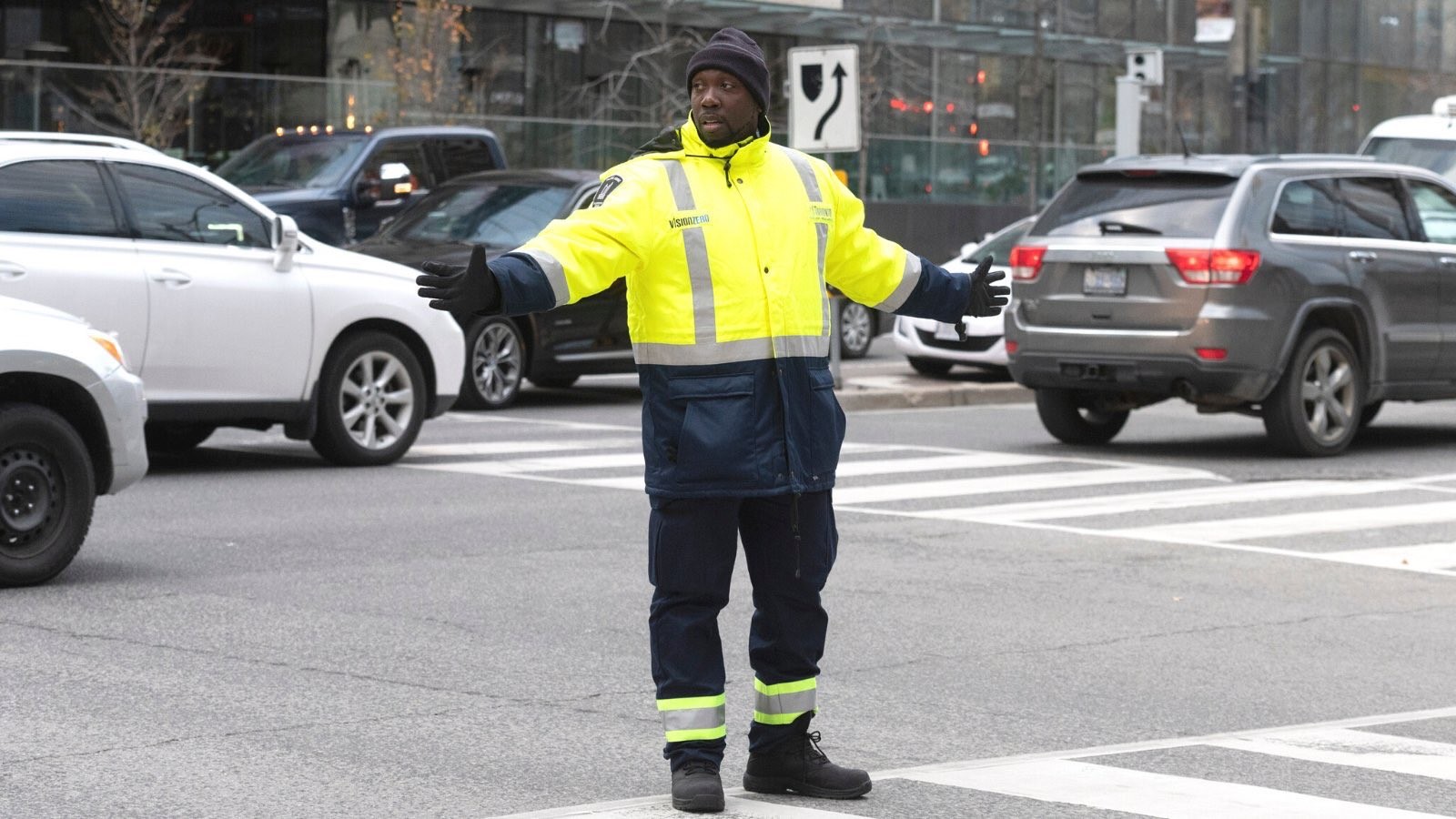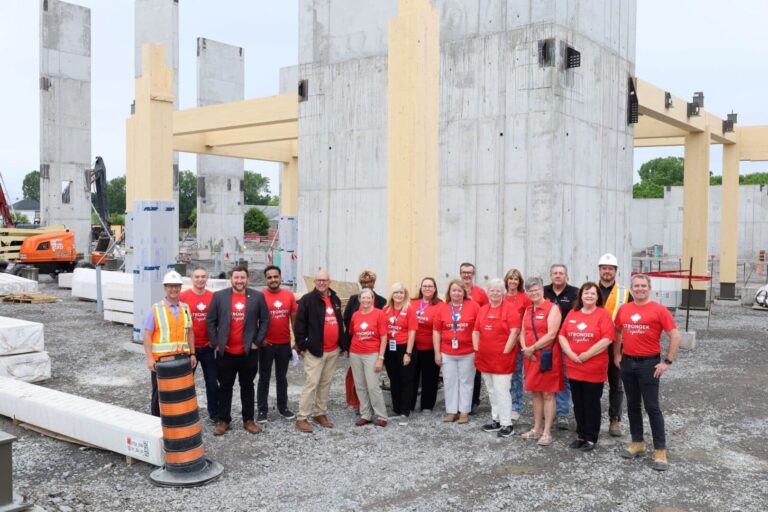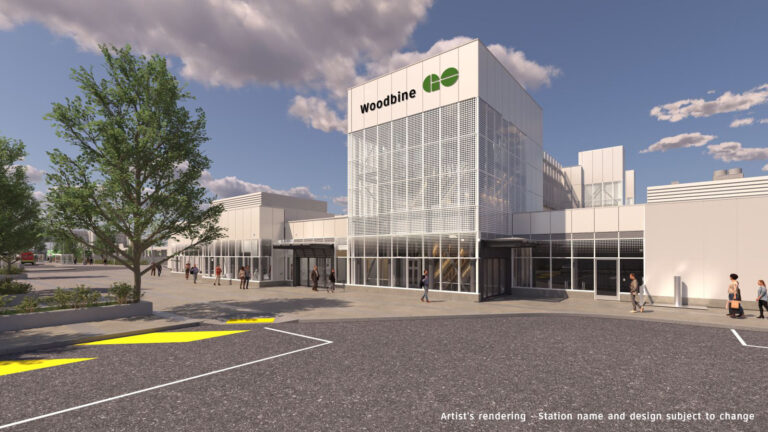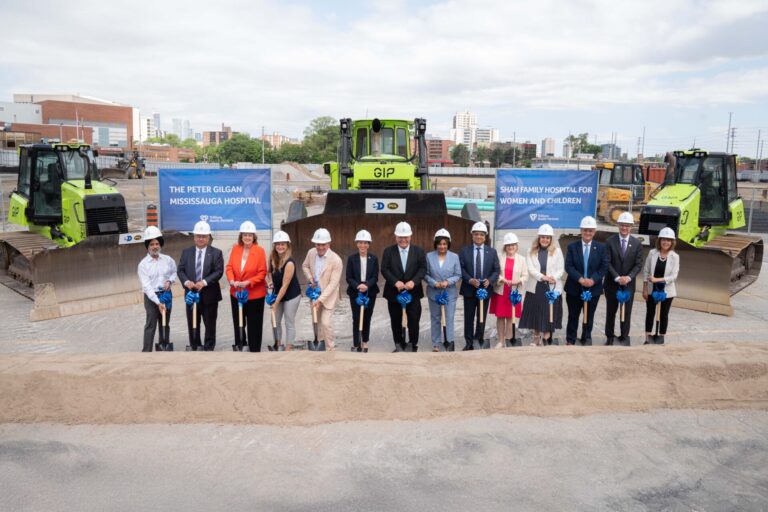The City of Toronto announced it is continuing to work closely with Metrolinx, contractors and the TTC to ensure that the needs and safety of people travelling downtown are a priority, particularly around the Queen Street diversion, from Bay Street to Yonge Street and Yonge Street to Victoria Street, which took effect on Monday, May 1.
Traffic impacts along Queen Street have been relatively minor, however, staff continue to closely monitor and adjust signal timings and deploy Traffic Agents in response to building traffic congestion on Adelaide and Dundas Streets. Traffic management measures are also being used to assist diverted public transit vehicles, ensuring minimal delays and consistent reliability for TTC customers. The TTC’s 501 Queen streetcar service has been diverted and bus service has been increased in the area.
The Queen Street diversion will accelerate Metrolinx’s safe construction of an Ontario Line connection to TTC Line 1 and provide consistency for all road users instead of varying, partial closures. Access to all businesses is being maintained during construction and signage is posted throughout the area to connect people to key destinations.
“We are seeing unprecedented transit construction in our city right now along with major development projects and infrastructure improvements,” said Deputy Mayor Jennifer McKelvie. “The City of Toronto will continue to do everything it can with all our community partners to manage the impact of all of this construction on traffic. So far, the measures we have put in place to actively manage traffic around Metrolinx’s Ontario Line construction are helping and our efforts will continue non-stop. I will continue to support any common sense solutions we can put in place to help better manage traffic. Thank you to City staff for their ongoing work to keep Toronto moving for everyone. Thank you as well to residents and visitors for your patience and for working with us to get through this major transit construction period.”
As part of the City’s work to balance critical construction with the needs of people and businesses using Toronto’s roads, staff are actively assessing all construction permit applications and related Traffic Management Plans to minimize the overall disruption. This includes reducing non-essential construction and rescheduling lane closures for mobile crane hoists on all arterial roads, where possible.
A particular focus has been placed on Priority Travel Routes, which are being kept clear of as many road restrictions as possible to ensure that there are alternative and parallel routes for people to get around. The first Priority Travel Route is Dundas Street, from Jarvis Street to Bathurst Street, which is providing an unobstructed parallel route for vehicles travelling east/west and diverted from Queen Street. Additional Priority Travel Routes will be identified as Ontario Line construction progresses and may feature reduced on-street parking, no planned utility work and limited lane restrictions for permitted installations and events.
City Traffic Agents are being deployed to key intersections during the morning and afternoon peak traffic periods to manage the movement of all road users, reduce delays and improve safety. Traffic Agents are placed where they are needed most, based on evolving traffic demands,
Traffic signal timings have been modified between Parliament Street and Bathurst Street to allow for the efficient flow of east and westbound traffic on Dundas Street, Queen Street, Richmond Street, Adelaide Street, King Street and Wellington Street.
Traffic signals along Lake Shore Boulevard have recently been upgraded to provide staff with remote control capabilities that allow them to adjust signal timings in response to traffic demands. This is the first step in converting these traffic signals to fully AI-driven Smart Signals, which is scheduled for completion by the end of the year.
Construction Hubs continue to play an important role in logistical planning of the right-of-way. Each Hub’s Coordinator reviews Construction Management Plans, connects travellers with real-time information, collaborates with enforcement officers and communicates impacts and changes to businesses and communities in the neighbourhood.
Featured image: (City of Toronto)











